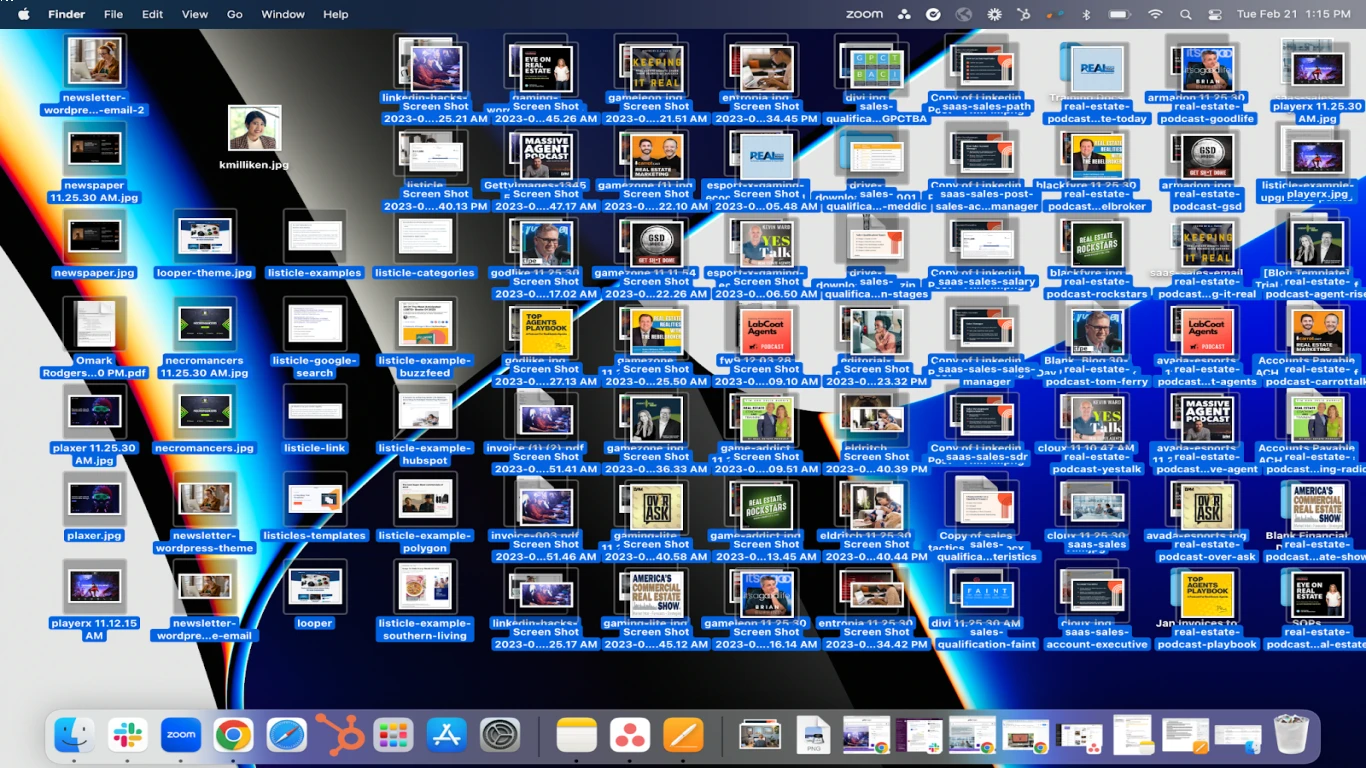Windows Desktop Organization Tips
Windows Desktop Organization Tips: A Comprehensive Guide for a Tidy Workspace
In today's fast-paced digital world, maintaining an organized workspace is crucial for productivity and mental clarity. A cluttered desktop can lead to a cluttered mind, reducing your efficiency and causing unnecessary stress. Whether you're a student, a professional, or just a casual computer user, having a well-managed desktop environment can make a huge difference in your daily tasks. In this article, I'll guide you through some fabulous Windows Desktop Organization Tips that will transform your chaotic desktop into a smooth-operating, visually pleasing powerhouse.
Understanding the Importance of Windows Desktop Organization
Why Desktop Organization Matters in Windows Environment
Before diving into the tips, let's first understand why organizing your desktop is essential. A clutter-free desktop:
- Enhances Productivity: Quickly access important files and applications.
- Reduces Stress: Easier navigation of your workspace.
- Saves Time: No more endless searching for misplaced documents.
- Boosts Mental Clarity: A visually appealing setup leads to a focused mind.
The Consequences of a Disorganized Desktop
A chaotic desktop can cause:
- Delayed Work Process: Difficulty finding necessary files.
- Increased Errors: Mistakes made due to stressful environments.
- Visual Fatigue: Difficulty focusing on the task at hand.
Effective Windows Desktop Organization Tips for a Tidy Workspace
1. Utilize Desktop Folders for Better File Management
Start by creating folders that categorize your desktop items. For example:
- Documents: Store all text documents, spreadsheets, etc.
- Apps Folder: Collect shortcuts of frequently used applications.
- Projects: Keep current projects in an easily accessible folder.
- Resources: Save any necessary research or resource materials here.
This method is one of the underappreciated Windows Desktop Organization Tips that ensures everything has its place.
2. Employ Desktop Icons and Shortcuts Wisely
Make sure your desktop icons and shortcuts are neatly arranged:
- Group by Functionality: Keep similar items together.
- Remove Unnecessary Shortcuts: Declutter by periodically removing unused icons.
- Use Descriptive Labels: Clearly label each shortcut for easy identification.
3. Use Windows Desktop Themes and Backgrounds to Your Advantage
Visual aesthetics can play a huge role in your productivity:
- Choose Calming Backgrounds: Use simple, calming images for less distraction.
- Utilize Dynamic Themes: Windows 10 and 11 offer dynamic themes that change automatically, keeping your view fresh.
4. Leverage the Power of Windows Virtual Desktops
Windows 10 and 11 offer Virtual Desktops feature that can further enhance your organization:
- Create Separate Workspaces: One for work, one for personal use, etc.
- Move Windows Between Desktops: Quickly and easily drag windows to different desktops for better multitasking.
5. Adopt a Taskbar Organization Strategy
A tidy taskbar contributes to a clean desktop:
- Pin Frequently Used Apps: Save time accessing your most-used applications.
- Hide Less Used Icons: Right-click and choose to hide unnecessary icons.
- Grouping Options: Group similar items for easy access.
6. Implement a Regular Clean-Up Routine
Just like a physical desk, your virtual desktop also requires regular maintenance:
- Weekly Clean-Up: Set aside time each week to organize and declutter.
- Monthly Review: Evaluate and adjust your organizational strategies.
- Maintain Backups: Regularly backup your files to avoid accidental data loss.
Advanced Techniques for Pro-Level Desktop Organization
7. Master Keyboard Shortcuts for Speedy Navigation
Keyboard shortcuts are not just cool tricks, they are timesavers:
- Win + D: Quickly minimize or restore open windows.
- Alt + Tab: Switch between open applications easily.
- Win + E: Open File Explorer instantly.
8. Customize Desktop Widgets for At-a-Glance Information
Widgets can enhance your desktop experience:
- Weather: Keep an eye on the forecast.
- Calendar: Stay on top of important dates and appointments.
- To-Do Lists: Keep daily tasks front and center.
9. Explore Third-Party Applications for Extra Functionality
There are numerous third-party apps designed to improve desktop organization:
- Fences: Organizes your desktop icons into shaded areas.
- Groupy: Groups applications into tabs, much like a web browser.
- Launchy: A slick utility for launching applications quickly.
10. Utilize Built-in Windows Organization Tools
Take full advantage of what Windows already offers:
- Snapping Assist: Quickly align windows on the screen for efficient multitasking.
- Start Menu Folders: Organize your Start Menu with folders.
Conclusion: Maximize Efficiency with Well-Executed Windows Desktop Organization Tips
The difference between an organized and a cluttered Windows desktop is a matter of implementing the right strategies and maintaining them consistently. By using the Windows Desktop Organization Tips provided, you can achieve a clean, organized interface which leads to an improved productivity flow. Remember, a tidy workspace contributes to a tidy mind, so embrace the benefits of desktop organization!
Frequently Asked Questions (FAQs)
1. How often should I clean up my Windows desktop?
It's recommended to do a light tidy-up each week and a thorough clean-up each month to maintain a neat workspace.
2. Are there any tools I can use to organize my Windows desktop more effectively?
Yes, there are several third-party tools like Fences and Groupy that can help enhance desktop organization beyond the built-in Windows features.
3. How can I make the best use of Windows Virtual Desktops?
Use Windows Virtual Desktops to create separate spaces for different activities, such as work, gaming, and personal use, to minimize distraction and keep tasks organized.
4. Can desktop organization really impact my productivity?
Absolutely! An organized desktop can significantly improve your workflow and reduce the time you spend searching for files or getting distracted by clutter.
5. What is the easiest way to access frequently used applications?
Pin them to your taskbar or group them into folders on the Start Menu for quick and easy access.
#windowsdesktoporganization #desktoporganizationtips #windowsorganization #desktopmanagement #optimizewindows
